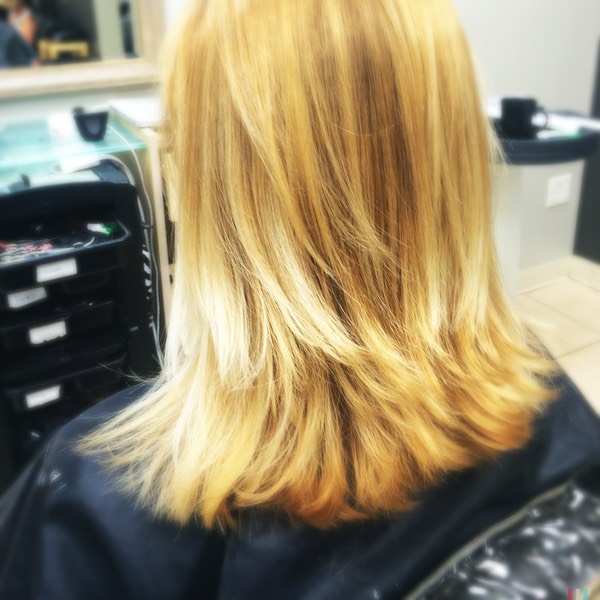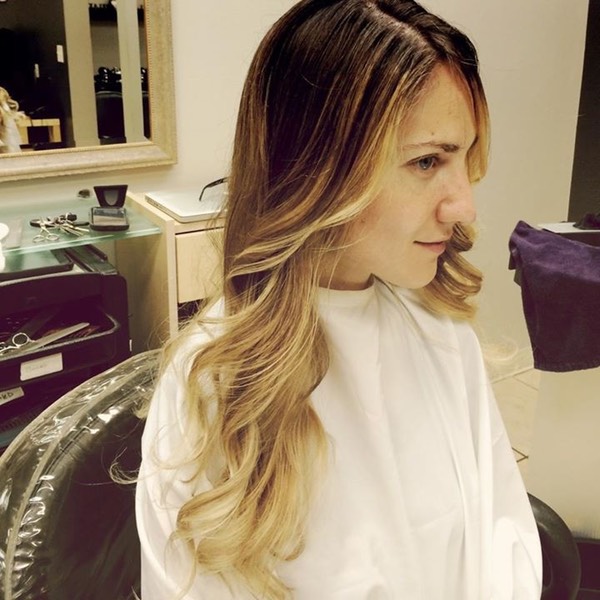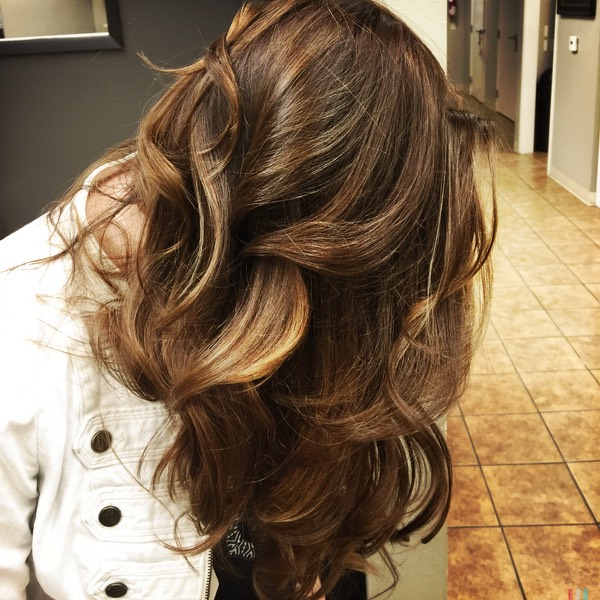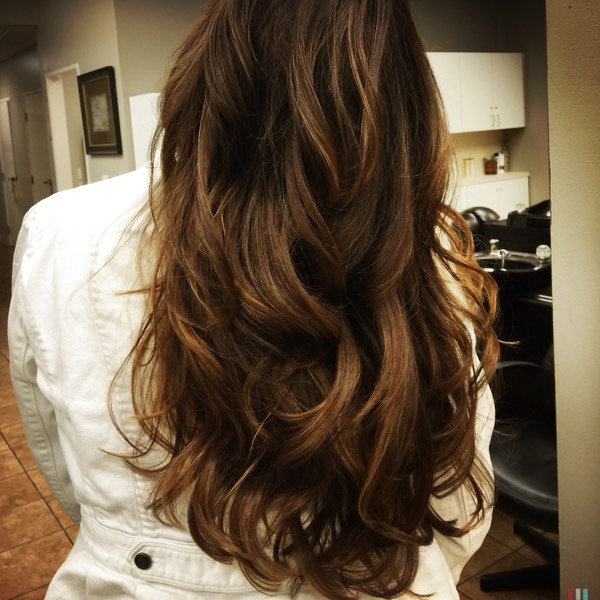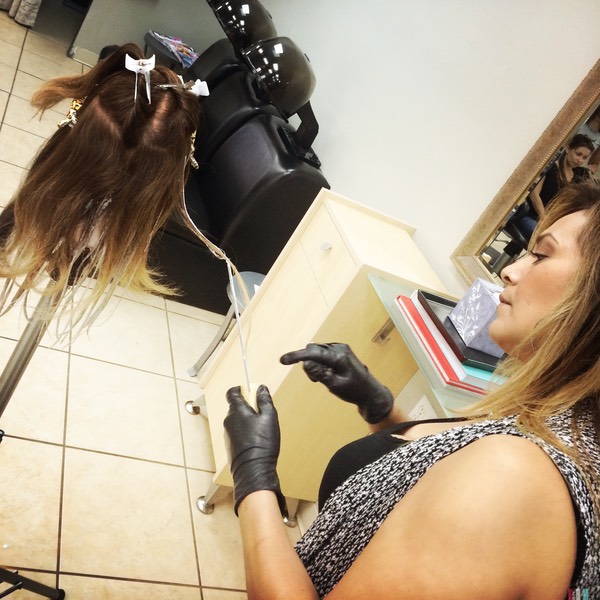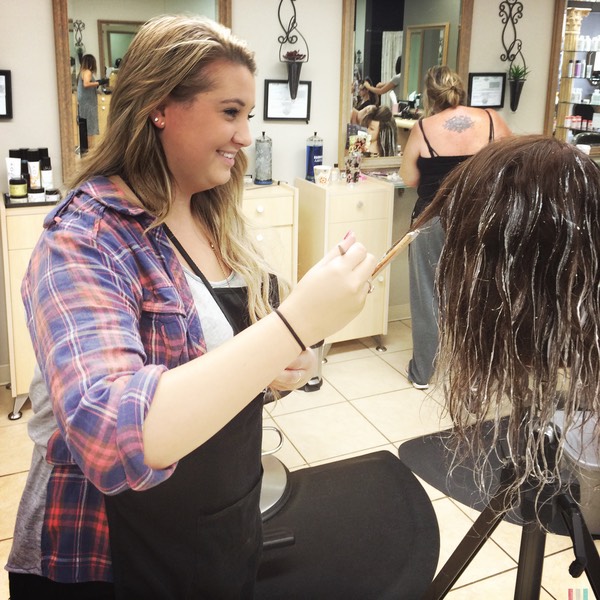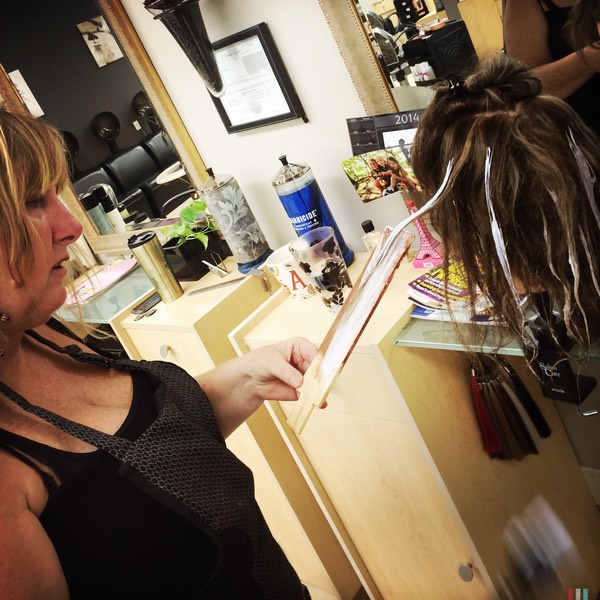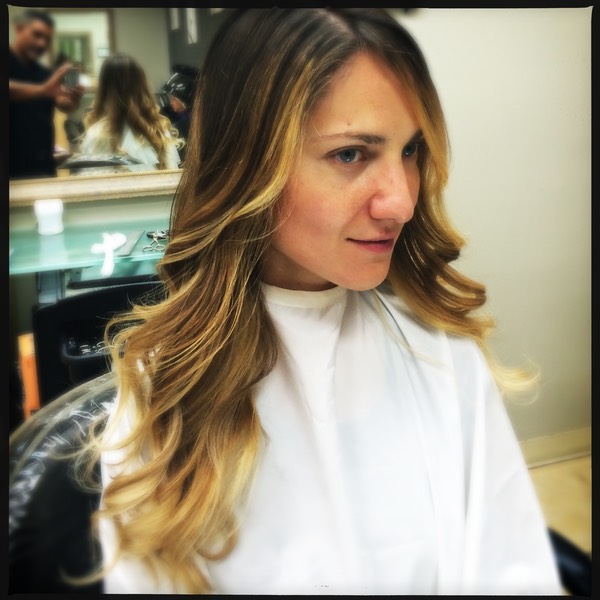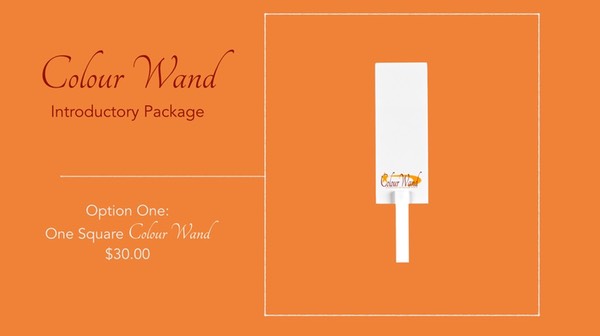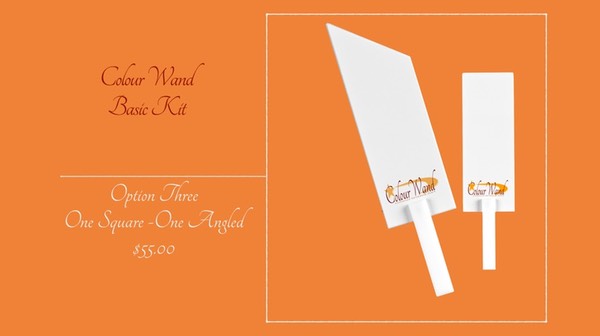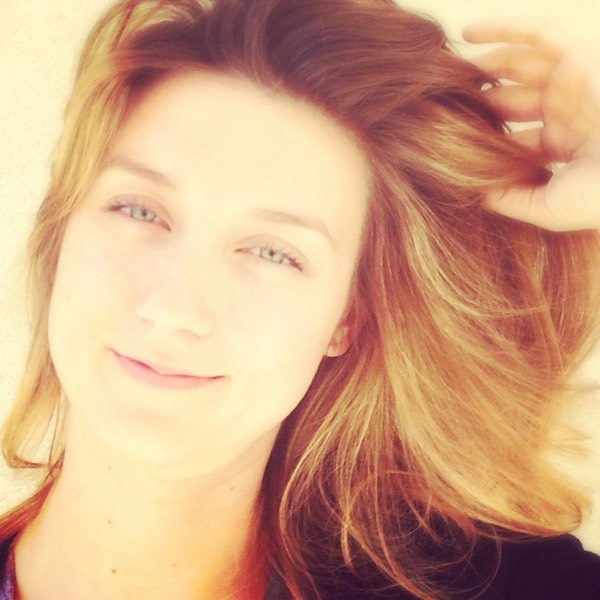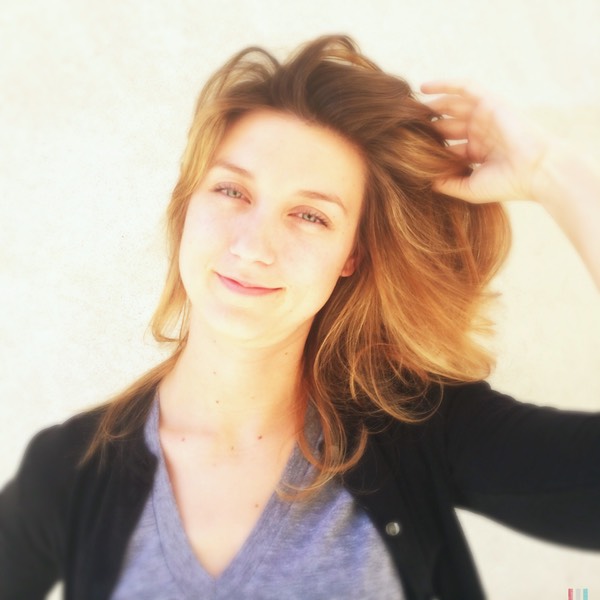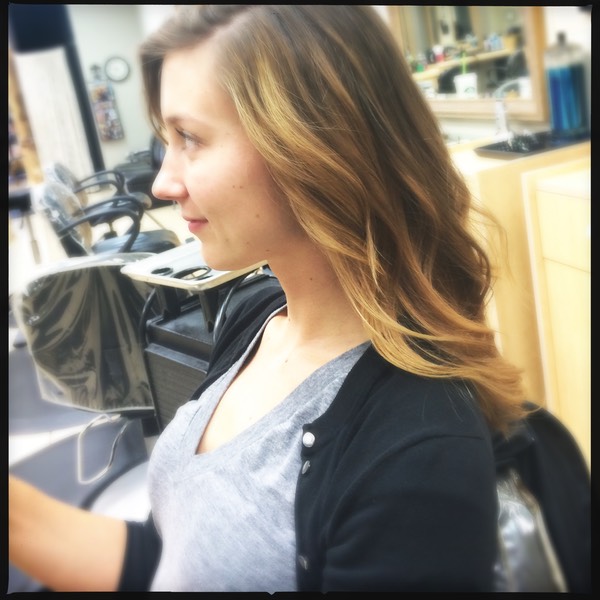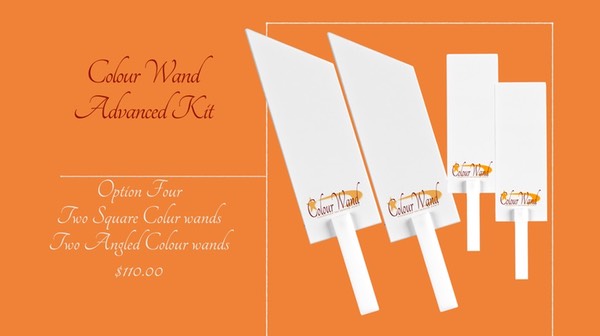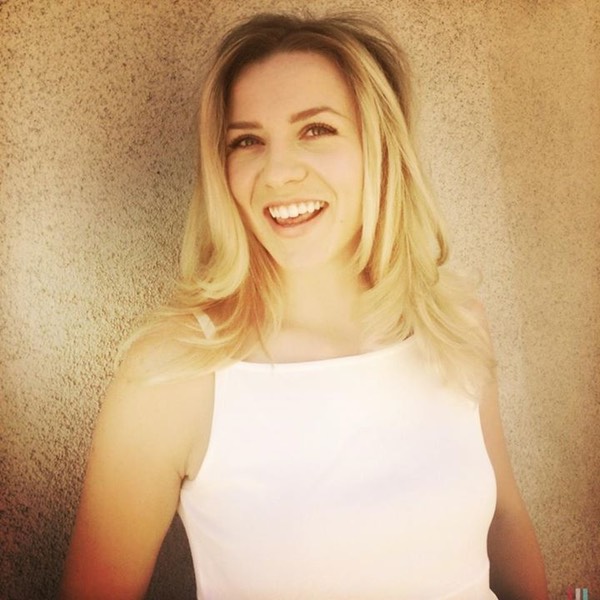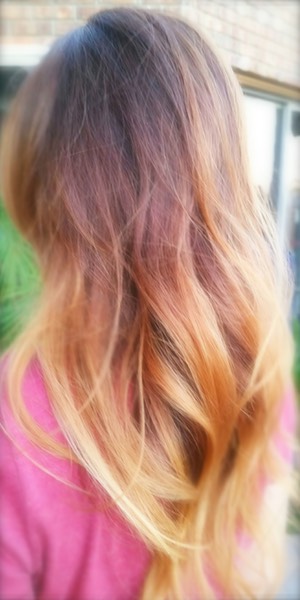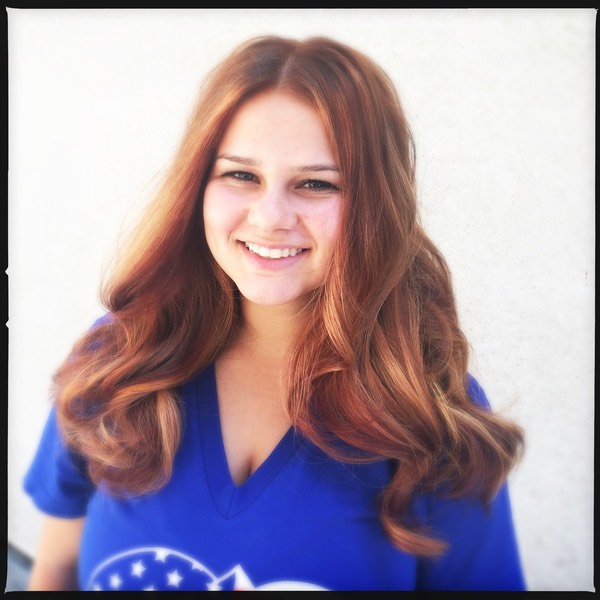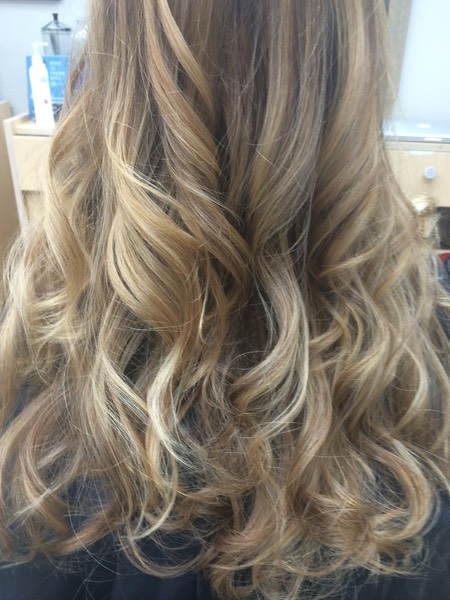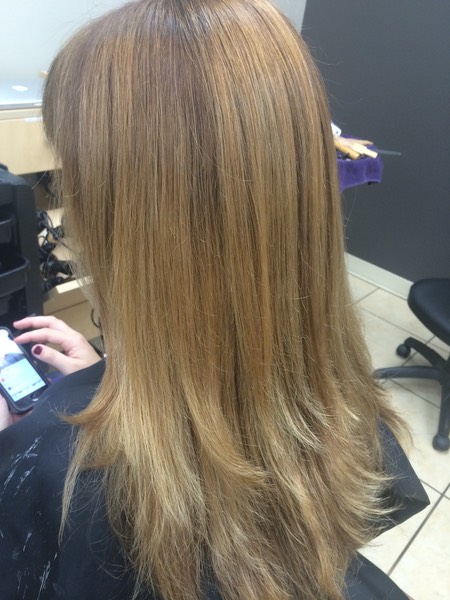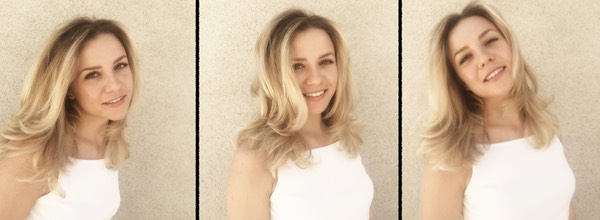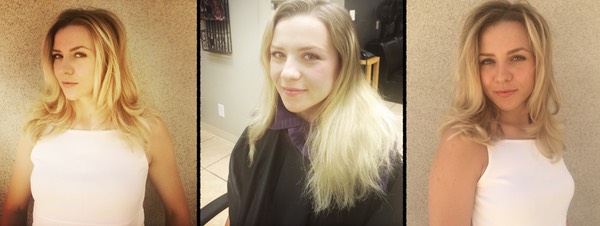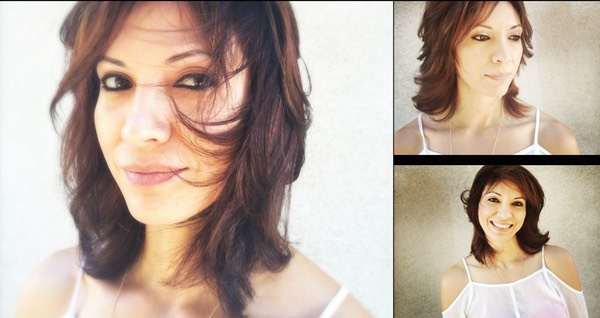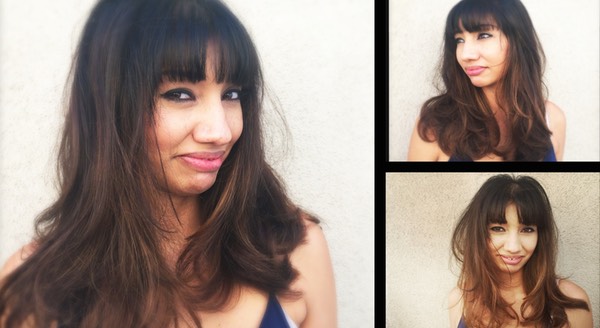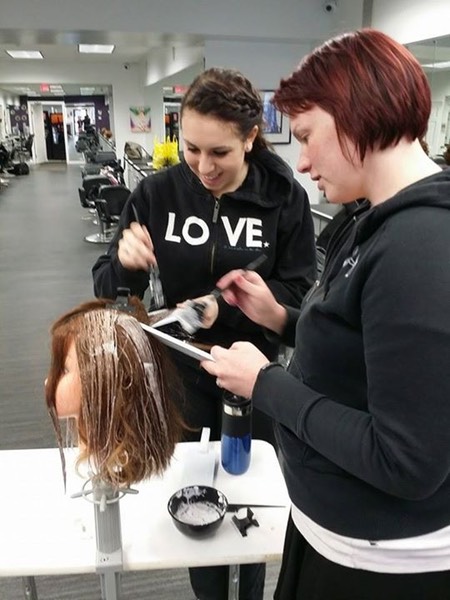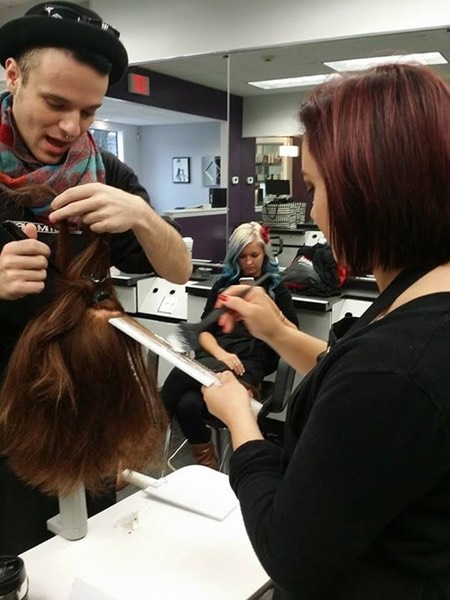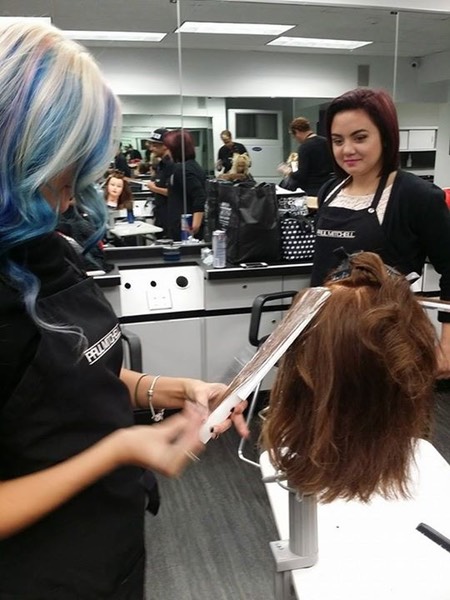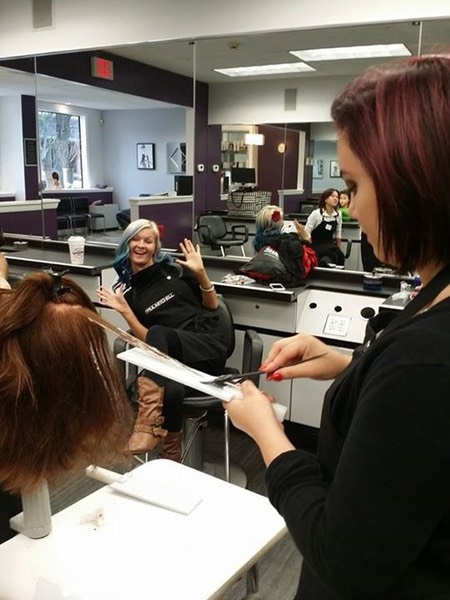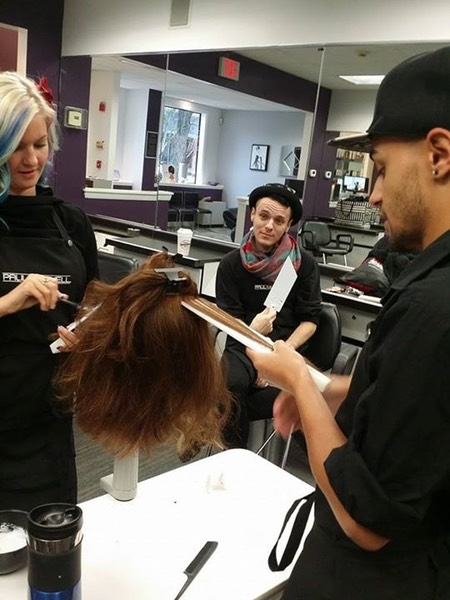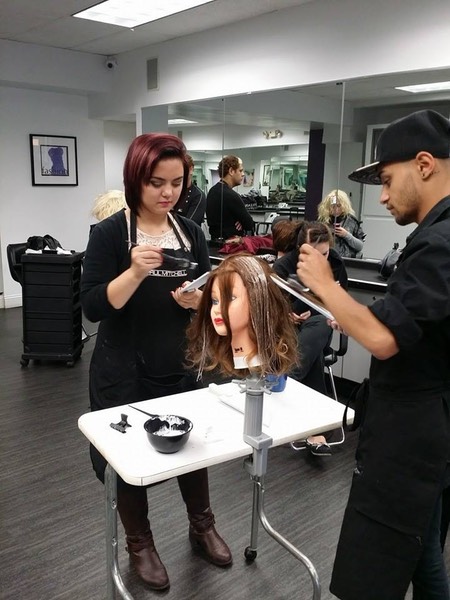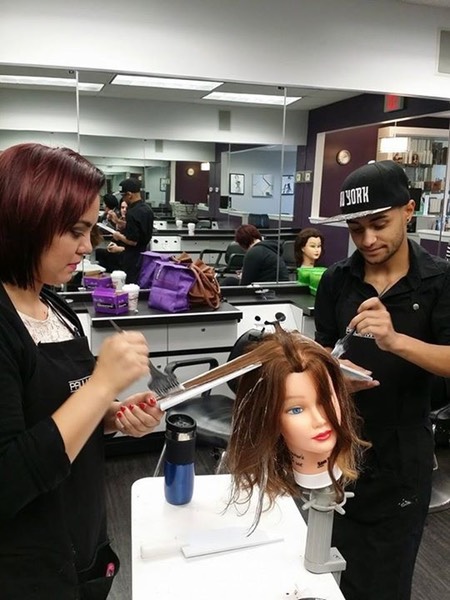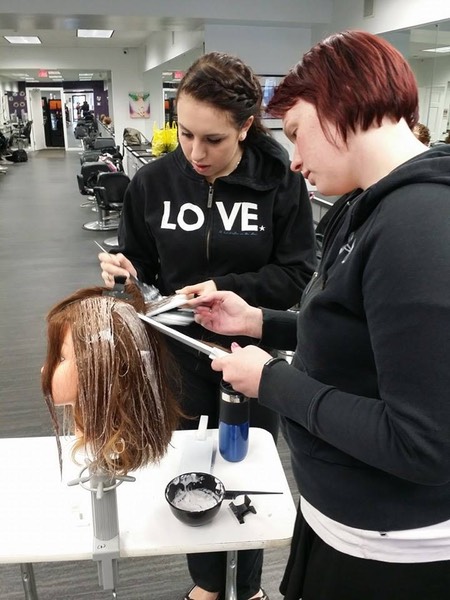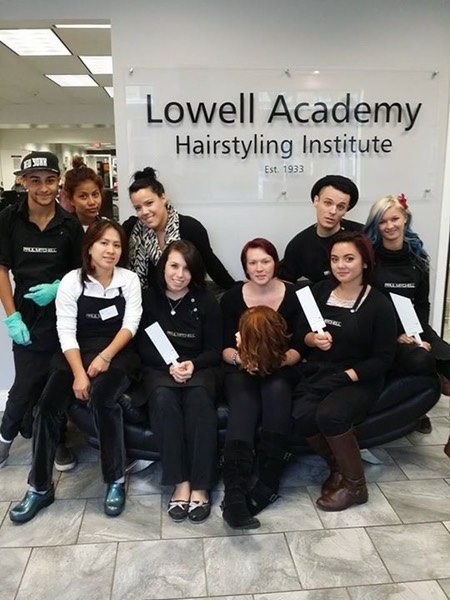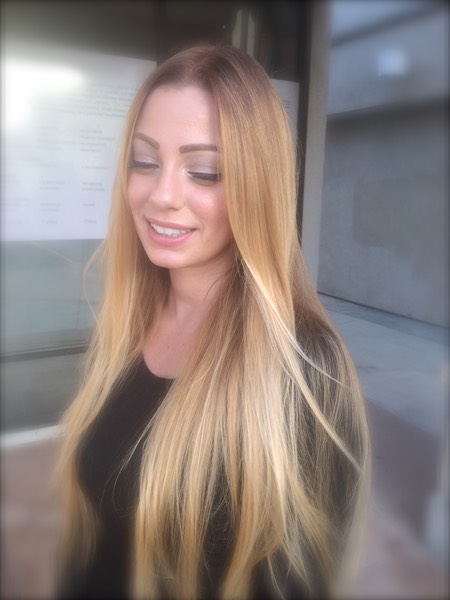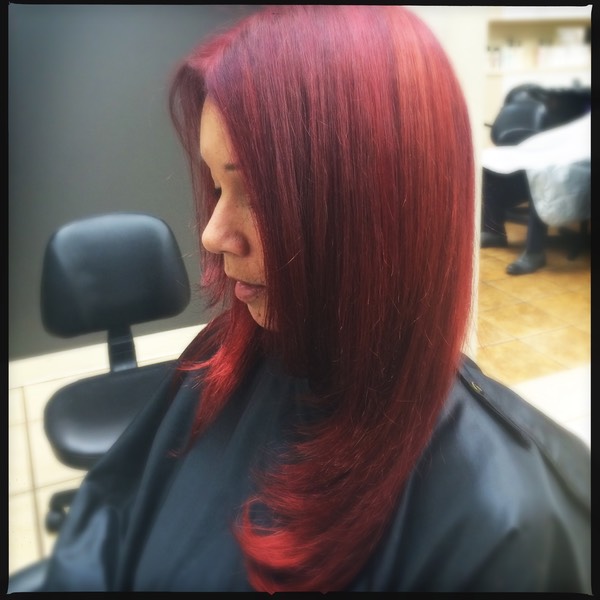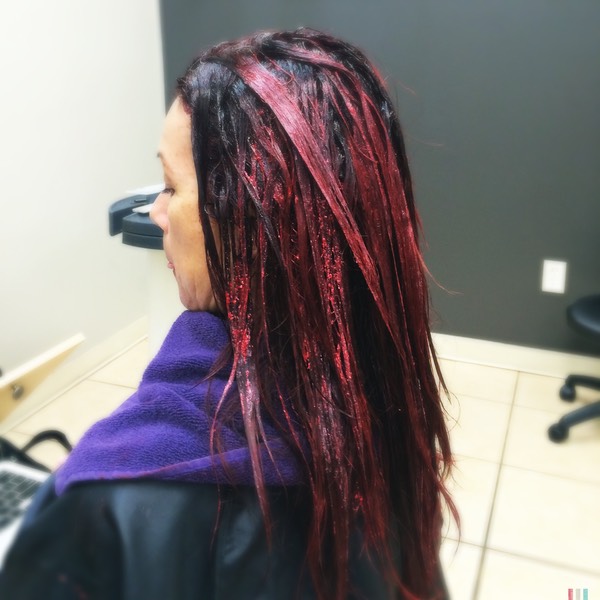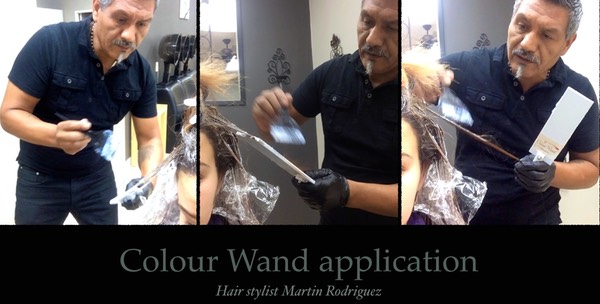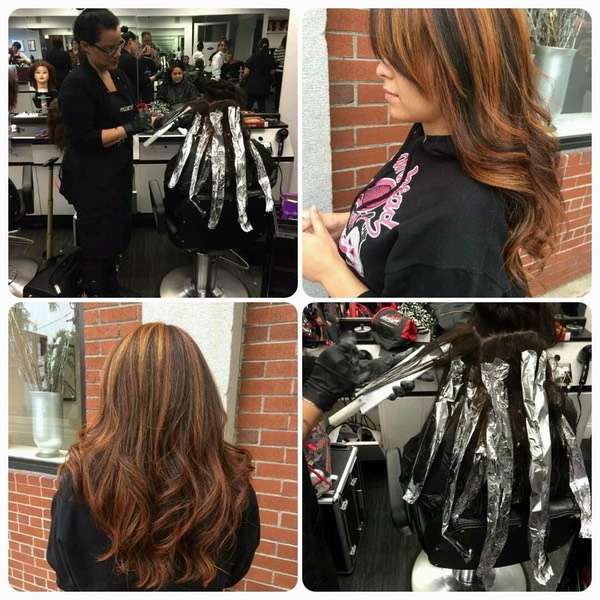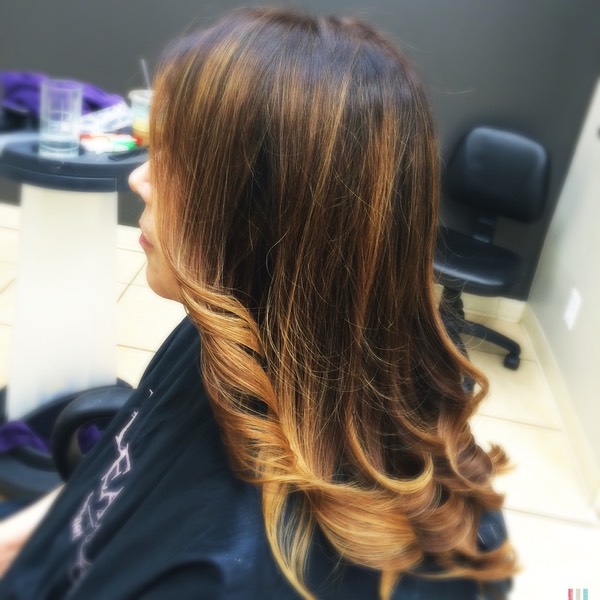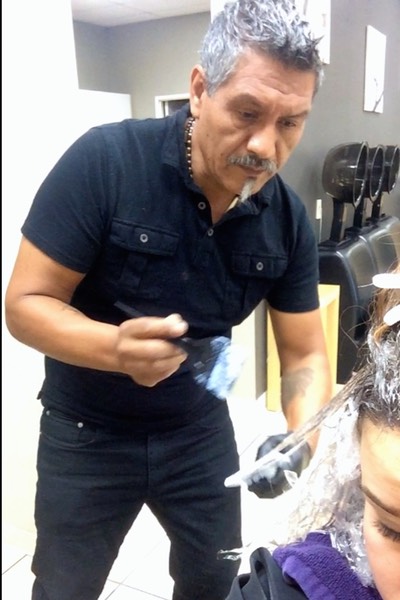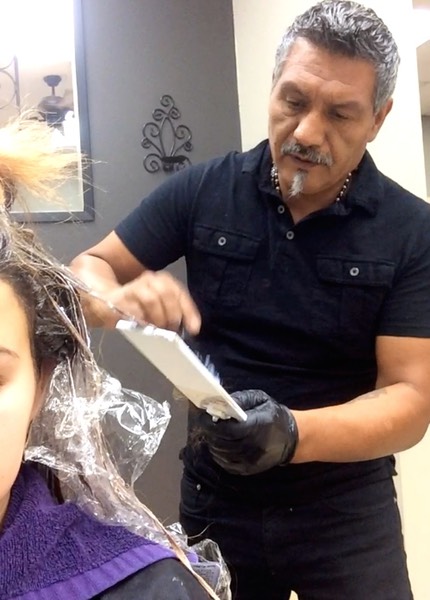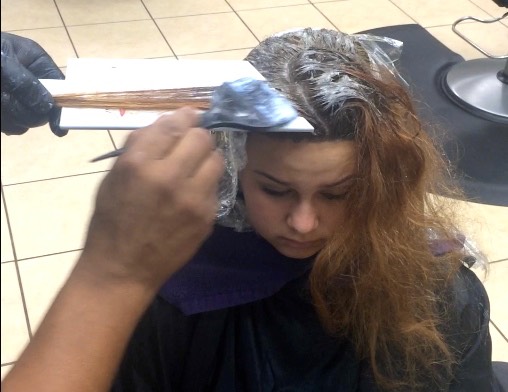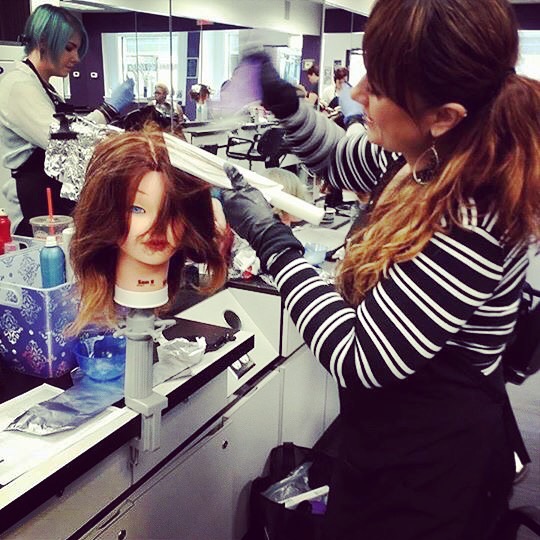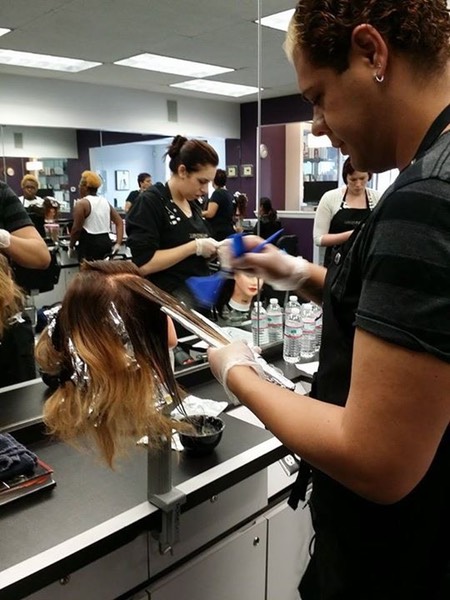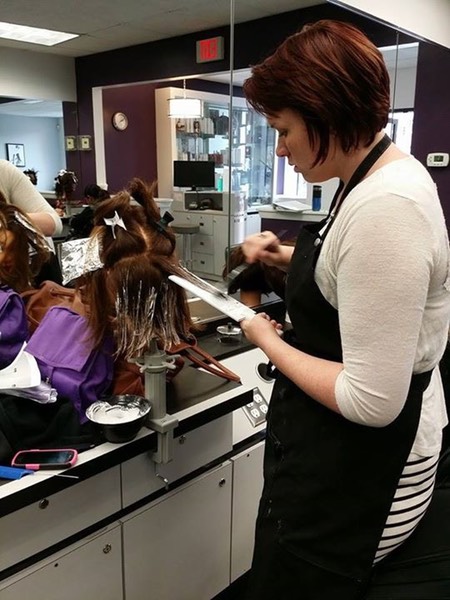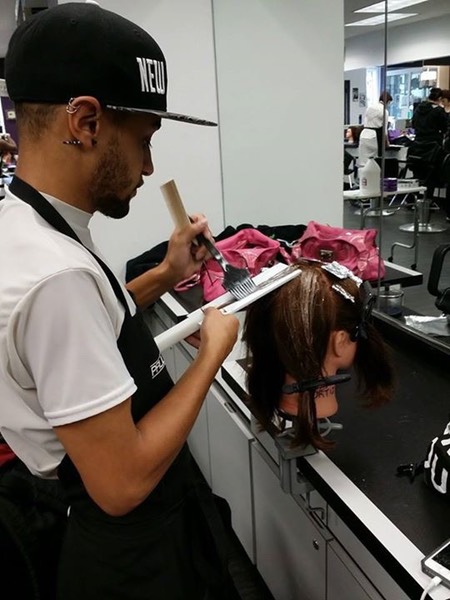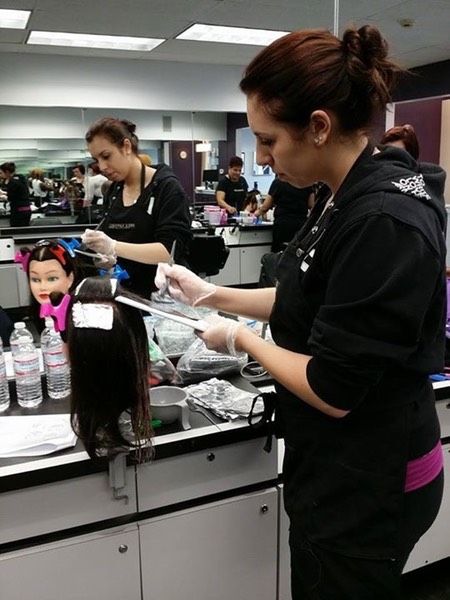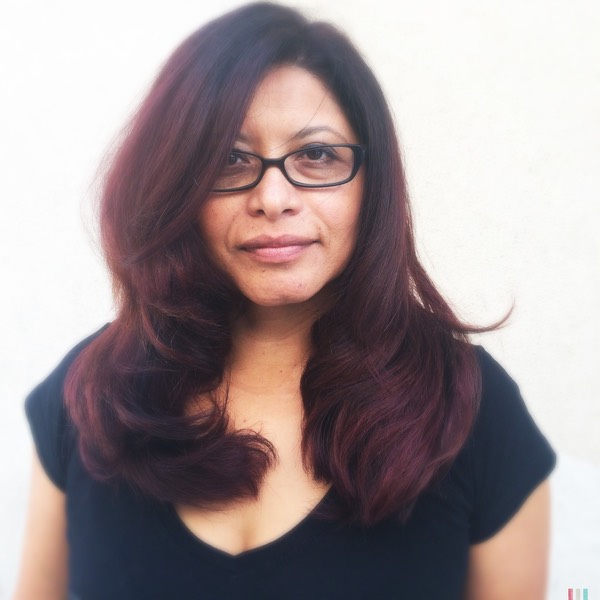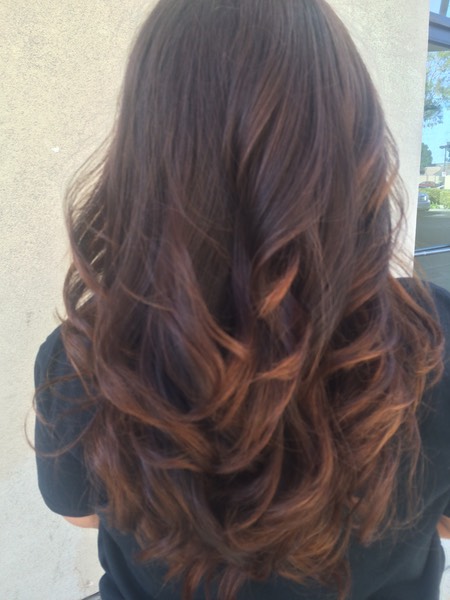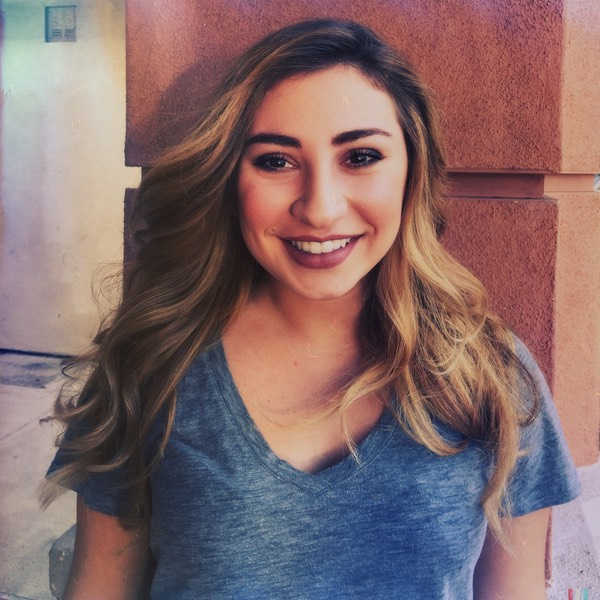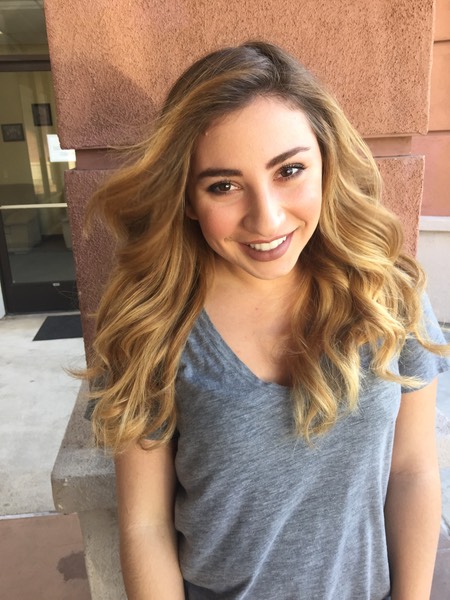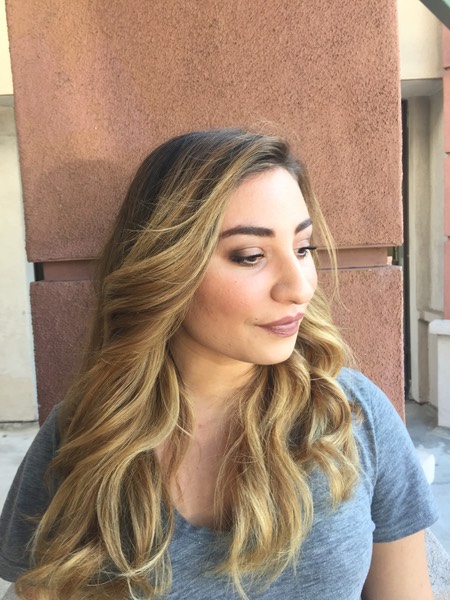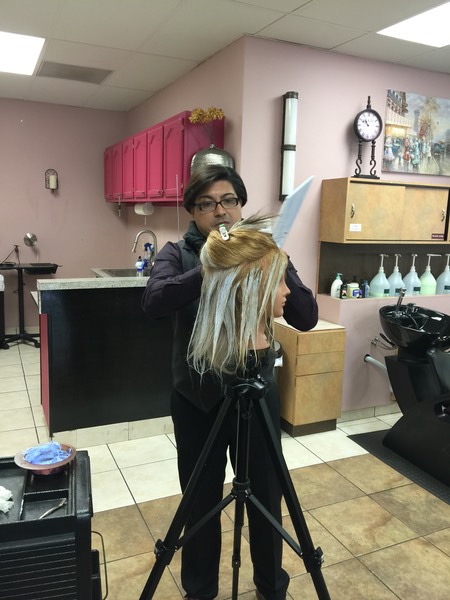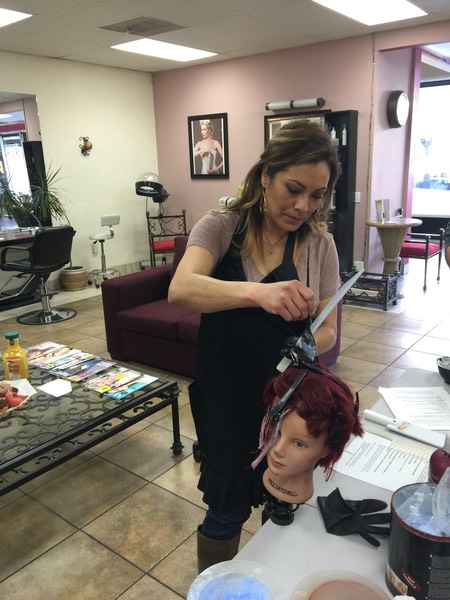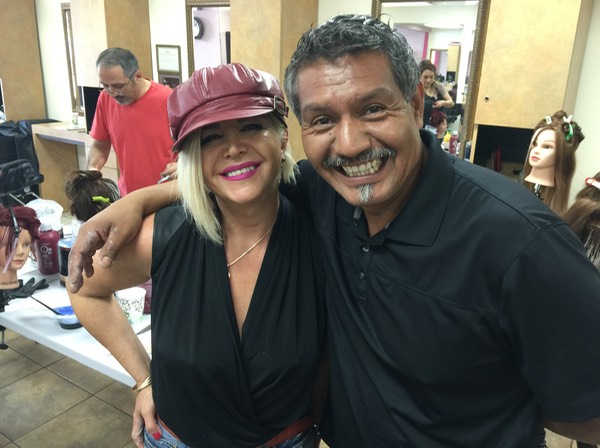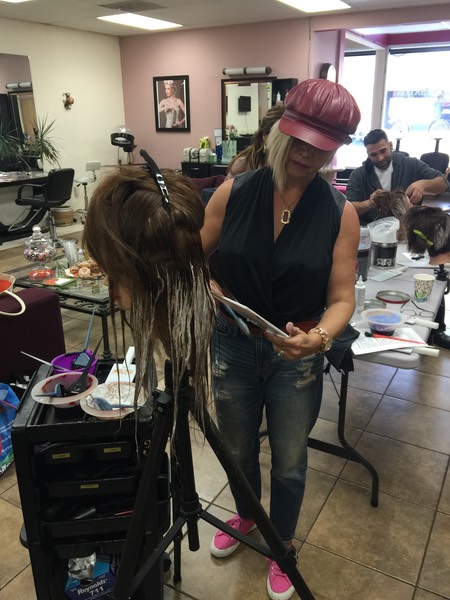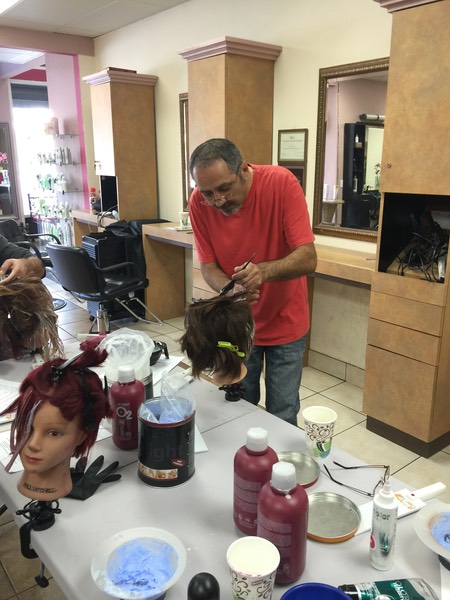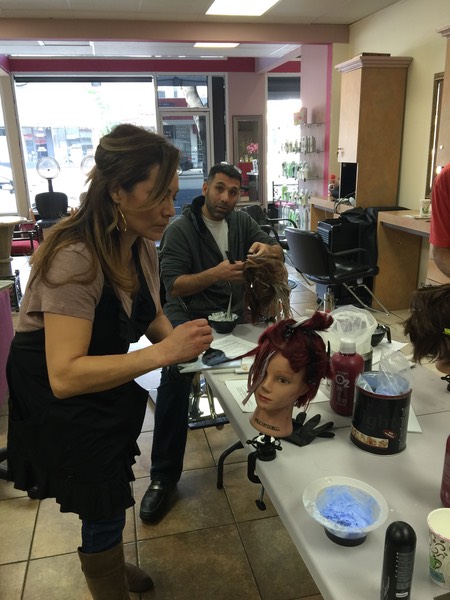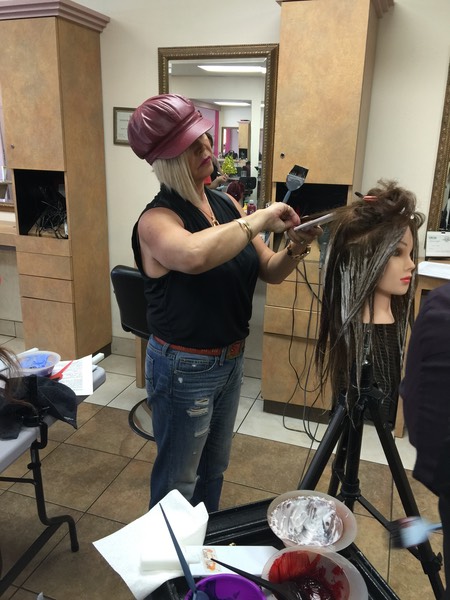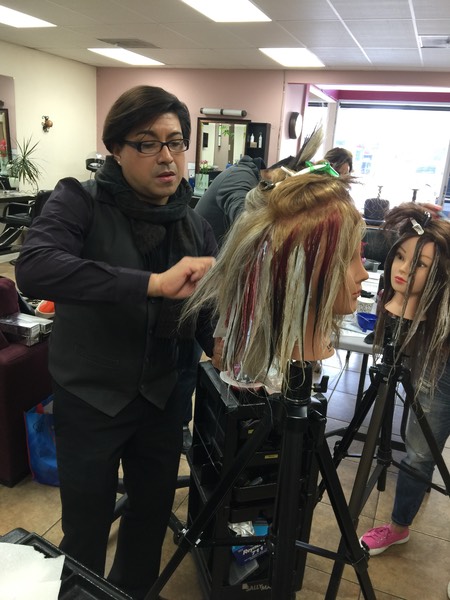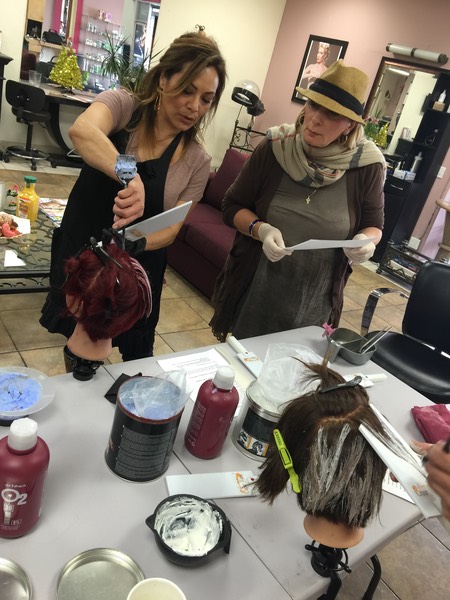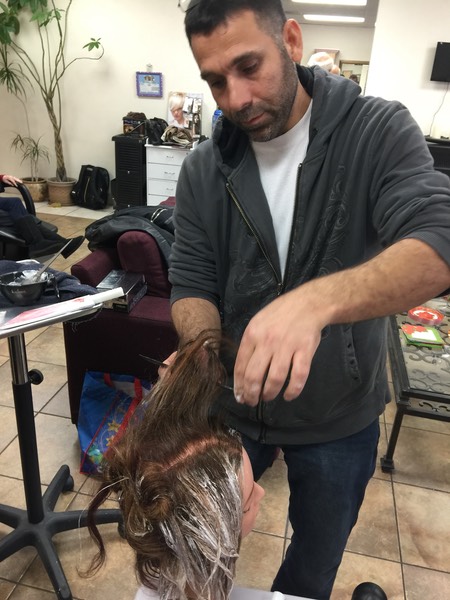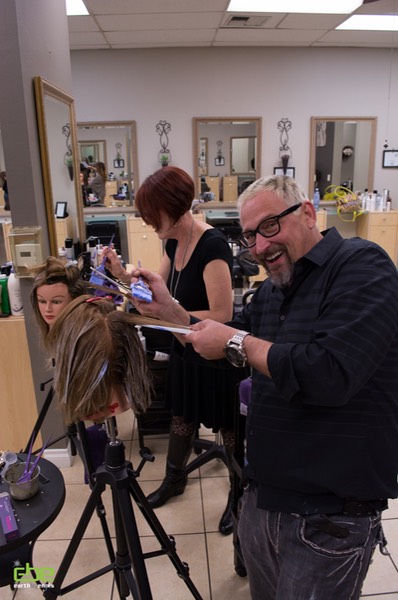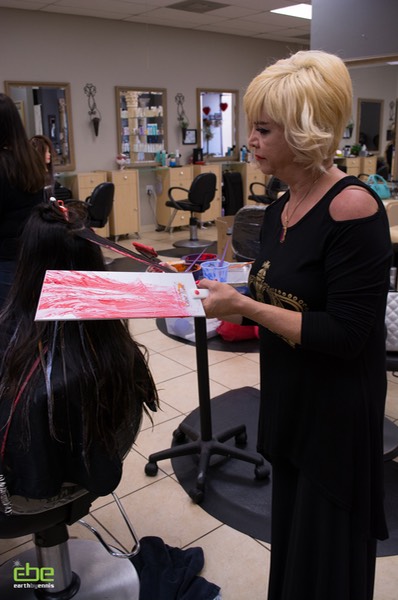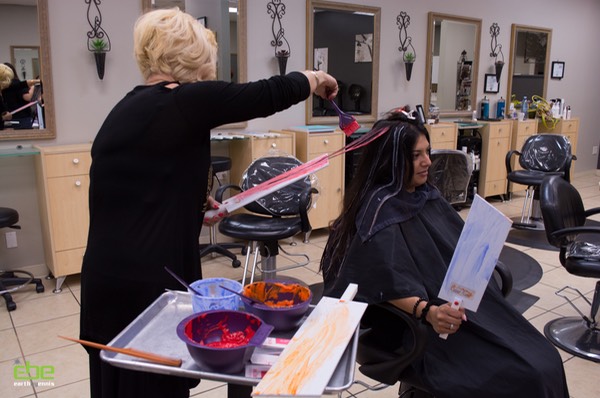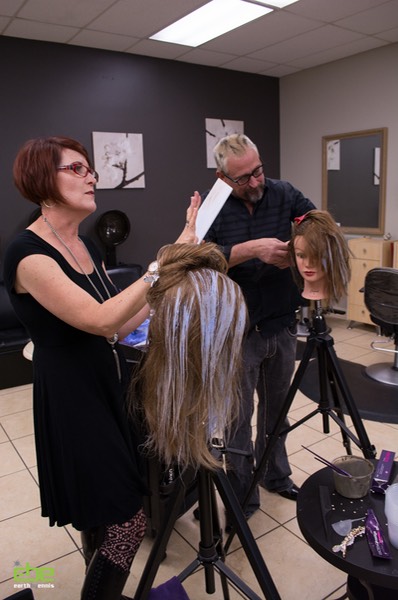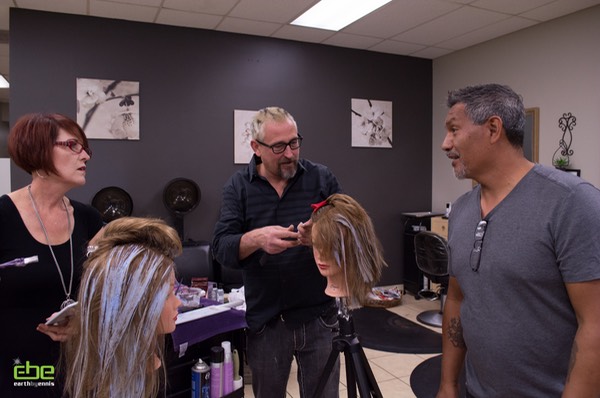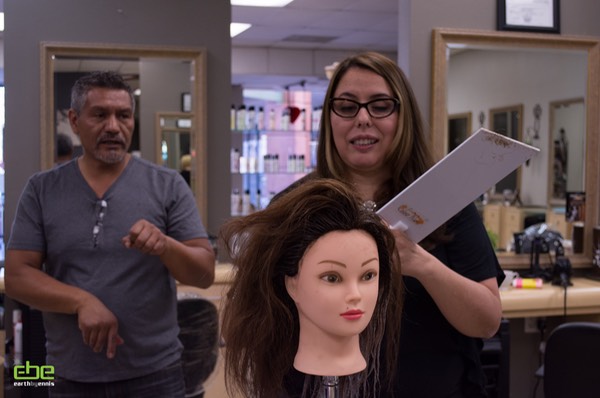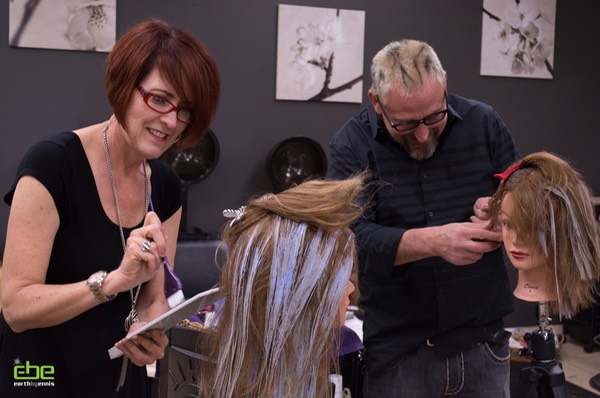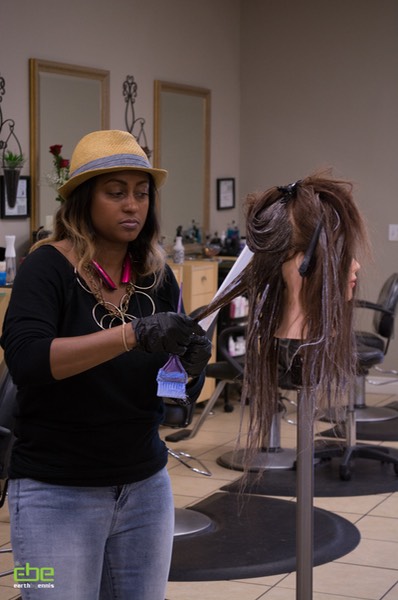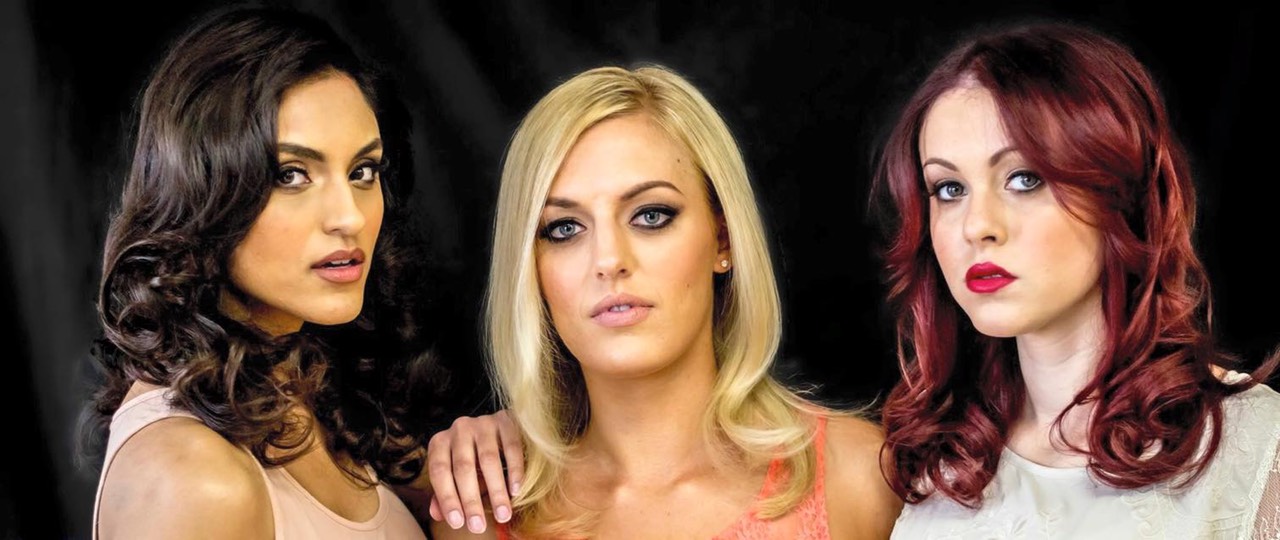
Colour Wand Balayage color class
Balayage process at Room Temperature:
Natural Balayage is when the whole process done at room temperature open air without the use of foils or saran wrap. The hair will process naturally and lift evenly. This process works well for Natural Balayage hair painting sun kissed hair. In some cases you may tone the hair if needed. Want more contrast and dramatic Colour lift, foils can be used to separate the hair and conduct more heat for high dimensional results.
What is Balayage Hair Color?
Balayage is the French word meaning to sweep or to paint. It allows for a sun-kissed natural looking hair colouring, With the same idea and similar to what nature gives us. Painted soft looking strands of hair with subtle with less noticeable harsh lines. The principal idea being less is more when creating soft, natural looks.
How is it applied?
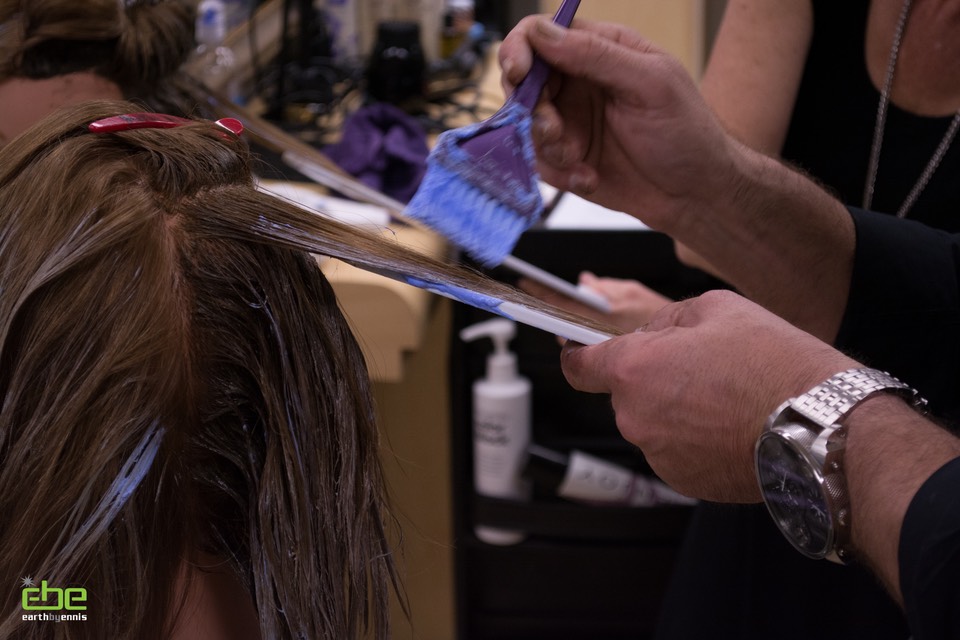
Balayage hair color is applied on the surface of the hair with angled feathing strokes and not saturated through the sections. At the tips of hair we add more coloring for a better blend, we avoid the streaking of colour due to the fact that isn’t vey soft at all. It can also be called a freehand Hair Painting technique because no foil or any meche are used to create the Balayage hair painting highlights.
What sets it apart from traditional hair colouring?
Founder of Colour Wand Martin rodriguez balayage expert recommends using colour to suit your clients skin tone so it’ll look amazing and really light up the clients features.
Colour Wand Balayage : where hair color is painted directly onto sections of the hair with no foils used to keep the coloring contained and by using multiple shades to create a natural look as if you where born with the color.
How to use Colour Wand
The foundation of hair coloring is Knowing, the simple color wheel. Know your primary colors and how they mix to form the spectrum. You can’t expect to create beautiful hair color without knowing which colors the hair has and which colors need to be added. Remember That sun light plays a huge part in hair color, Contrast, Light, Dimension and hues.
Keeping this in-mind you can use any pattern for color from highlighting to low lights, Ombre or Balayage-Hair painting using patterns the color should compliment the skin tone and the way the hair cut flows.
Apply base color
In hair painting be sure to use more than three shades

1. Incasing the hair color by using one shade on the outlined of each section by creating a deep V format
2. Apply a second color FORMULA inside the V
3. Apply the last formula by blending towards the ends of hair.
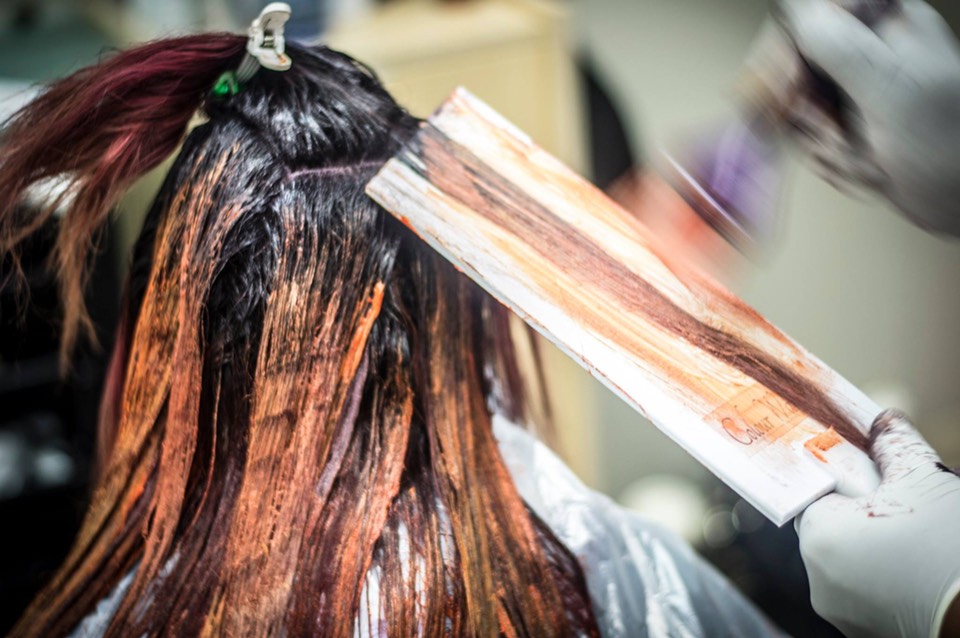
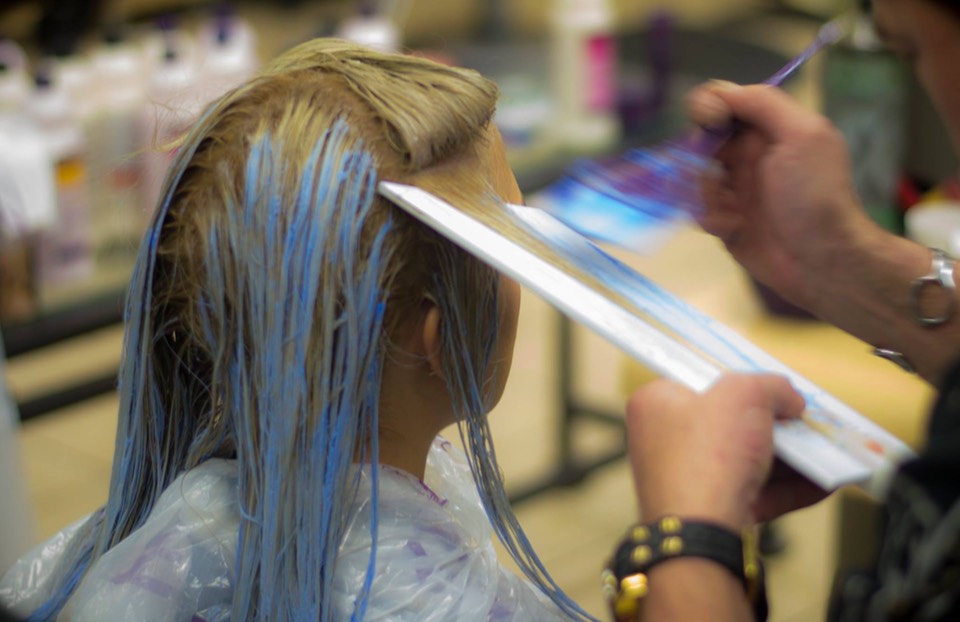
Colour Wand balayage and blending
1.Apply base color comb the hair color through hair about one inch to two inches.
2. Part hair into four section
3. Working from the bottom up take about an inch thick sections place the super colour wand below hair
by using a deep V pattern apply your lighting formula using a feathering soft application.
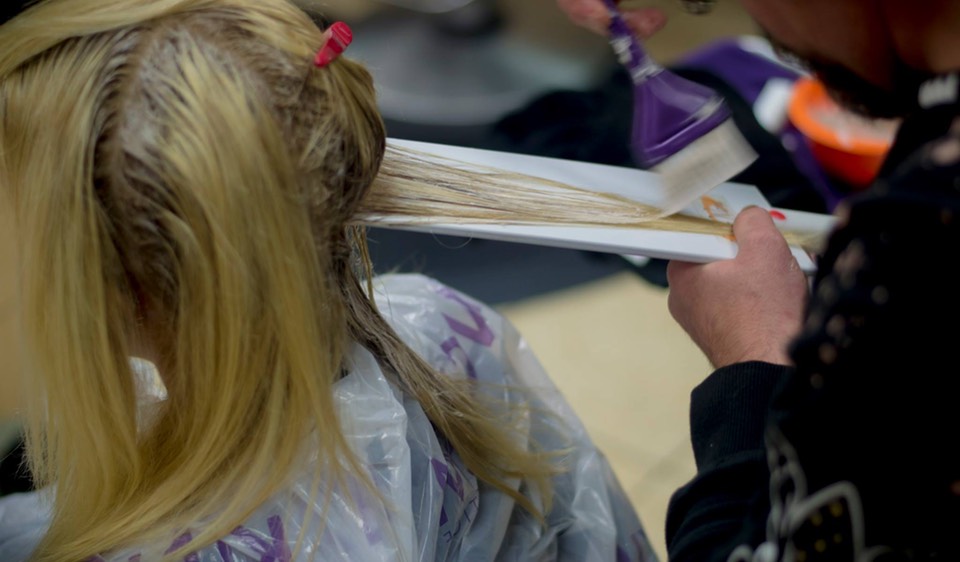
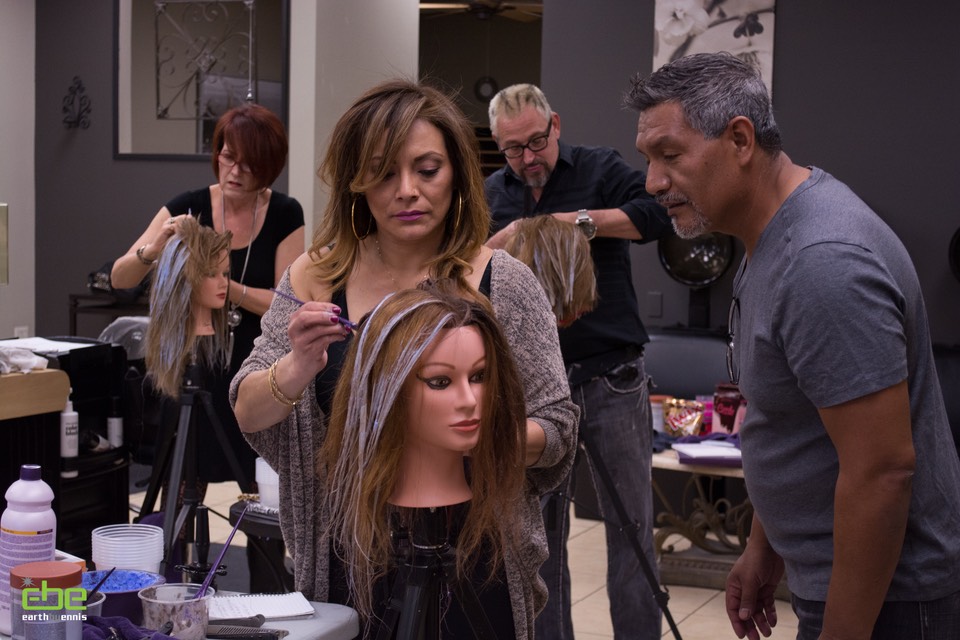
Colour Wand Balayage hair painting class
Balayage and hair color painting
1 Preparation, Mix desired hair color formula be sure to mix a little thicker than usual.
2 Part hair evenly down the center, from forehead to nape of the neck.
3 Use a clip to secure the right side to keep it out of the way.
4 Part hair from the left side to other side of head toward right ear.
5 Create four sections.
6 Twist each section tightly using a clip.
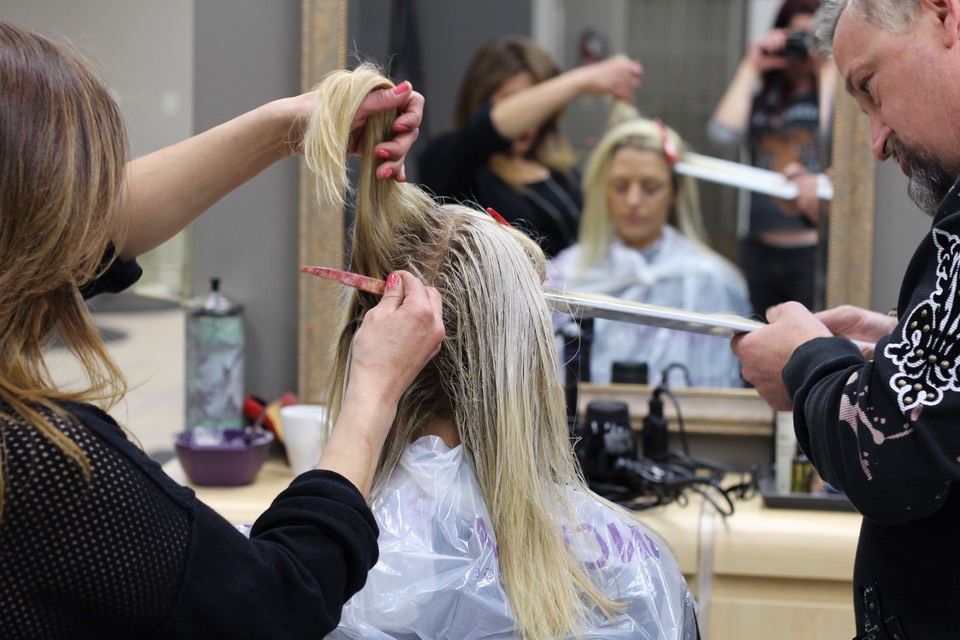
Colour Wand Balayage hair painting and blending
Bleach formula always allow the developer to work for you in most cases you may want to use a higher Volume of h2o2 process at room temperature.
Hair color formula same as above choose your developer as well as the desired hair color formula.
If you want the hair to be lighter at the front, Be sure to start with the application in front.
Start work from the bottom working up alternating colors
7 Balayage Application using the colour wand.
8 Starting at the nape area take down a One inch section.
9 Take a 1 inch section wide place the colour wand below hair and apply bleach with you brush about half inch from scalp onto the hair working the bleach onto the ends.
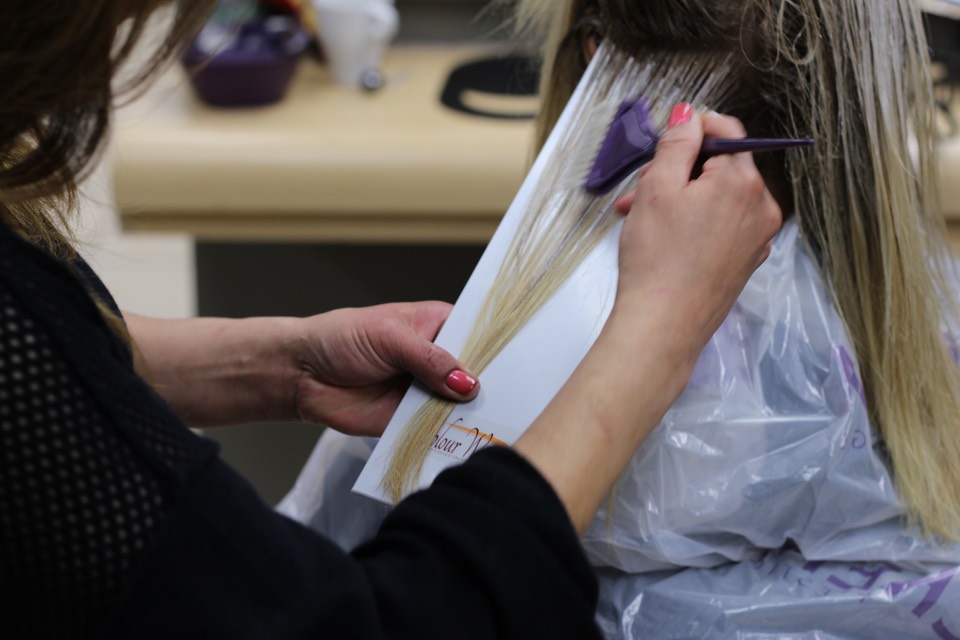
Apply hair color on base , Part hair into four sections and begin Colour Wand balayage hair painting from the bottom working up.
10 Take a two inch section down and apply formula using a 1 inch wide parting place the hair over wand apply the formula two inches from scalp to ends. Finish entire head using this method.
1.Proceed with this alternation method through out the head.
2.Process hair color at room temperature
3. Wash condition and style
Balayage Hair Painting
Balayage and hair-painting are great methods to give soft, sun-kissed highlights. Both balayage and hair painting utilize a hand-swept highlight and deposit coloring at the same time. For more natural looks you can use more than three colors for better blending and for that Color as if you where born with it. The processes can be done in open air or with plastic film to keep the color moist. The High-lifting of the hair is through the mid-shaft and gradually into the ends. Keeping in mind by using a gradient effect connected to the base. This is a color service with much less maintenance.
Options:
Room temperature Open air andusing plastic film highlighting
• Not lifting more than 4 levels in a single service
• Less maintenance color
• Single process color
• Virgin hair
• Color Melts, Sombre hair ,Blended Balayage,Hair Painting
Blending and softening the regrowth on foil highlights
Foil highlighting
Foil: Using the foil method for highlighting is a great way to achieve a higher lift on highlights. The foil retains heat, it allows the lightener to lift lighter in a concentrated areas.
Traditional foil Techniques
• On a dark haired clients that want more than four levels of lift.
• Dramatic color contrast
• Highlights and toning lowlights
• Blending and transitioning a light blonde client to a softer sombre and blending with lowlights
•
Contrast Color blending
Using both methods of Foil and Balayage for a sunkissed or sombre blending pieces such as a level 8 or lighter.
of a sombre or colormelt through the mid-shaft and ends.
FOILYAGE:
A technique that combines balayage-hair-painting and foil called foil-yage. This technique requires the use of foils and hair painting balayage. Using a feathering application in a gradient pattern from darker to lightener ends. Incasing the lightener placement of light-ner with a darker inner color for contrast. incubating the highlight adjust your developer strength to what you would use while doing a traditional foil highlight.

